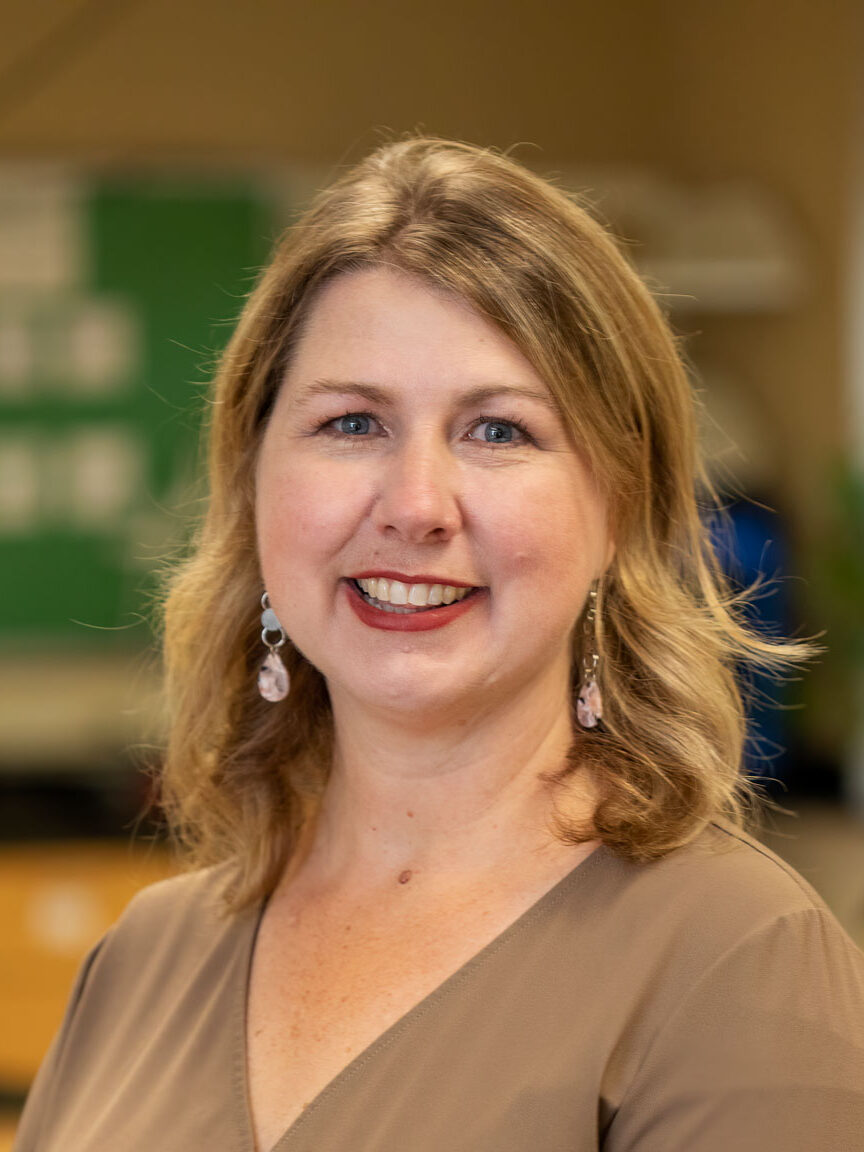On a drive through central Texas recently, I admired the colorful splashes of wildflowers along the highways. I couldn’t help but think about how the showy blooms started as small seeds that lay dormant in the ground for months and then slowly started to germinate before finally sprouting through the surface, ready to join the world of the top-dwellers. If a seed could talk, what would it say of that journey? Of the patience and perseverance required of it?
Maybe it’s just me who personifies seeds on an otherwise perfectly normal drive, but I do think there’s a lesson here for our students. We all get impatient sometimes. And when waiting also requires some work or effort, perseverance is sometimes hard to come by. But by encouraging our students to be like seeds — to grow at their own rate and continue trying no matter the obstacles — their patience and perseverance will pay off.
Planting the Seeds
So, how do we build an environment where this mindset is cultivated? Here are a few suggestions to help you get started:
- With Hands-On Learning: We all know that most students don’t want to sit and listen to a lecture. They want to get involved and actively learn. As you plan your next lesson, make sure to incorporate hands-on activities that get your students up, moving, and engaged. When we facilitate learning experiences for students, their minds will be active and thinking as well.
- With Collaboration: We should always strive to make teamwork an essential part of learning. After all, the real world is built on communication and collaboration. Every great feat of science – from space shuttle launches to the development of new medicine – requires a team of scientists, mathematicians, and engineers working together. Employers are searching for people who get along, work together, and share ideas. Get your students prepared by introducing cooperation and collaboration early.
- With Healthy Failure: Mistakes are an essential part of education. We learn through iteration. Trying, testing, failing, starting over with new data and new hypothesis. A good classroom experience takes this principle to heart by regularly sending students back to their work for reflection and refinement. Not only will this prepare them for the real world, but it will also foster perseverance.
- With Cross-Curricular Learning: An effective classroom involves cross-curricular learning. It’s all too easy for subjects to get siloed and isolated from other ideas. Students learn better when their knowledge is interconnected. Good learning, particularly STEM learning, shows students how something like math can influence healthy nutrition. How science and vocabulary are tied together, and much, much more.
Growing Strong
True growth only occurs when we are consistent, intentional, and prepared to adapt when change arises. It’s a difficult job, but by putting down roots now, students will be able to expand their minds in ways we can only begin to imagine. So, let’s get to work, there’s so much out there for our students to discover!
For more free educational resources simply follow this link. If you enjoyed this blog post, don’t forget to subscribe!
*Image courtesy of PROPOLI87 via Wikimedia Commons.

